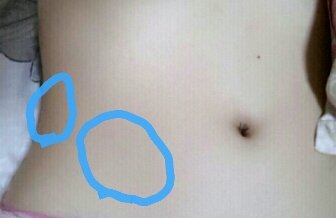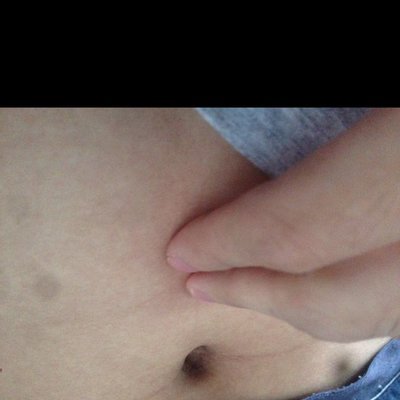Appendicitis pain symptom?
summary
Typical acute appendicitis begins with pain in the middle and upper abdomen or around the umbilicus. A few hours later, the pain is transferred and fixed in the right lower abdomen. In the early stage, it is a kind of visceral nerve reflex pain, so the range of pain in the middle and upper abdomen and around the umbilicus is more diffuse, often can not be accurately located. So, let's let our experts give you a brief introduction about the symptoms of appendiceal pain.
Appendicitis pain symptom?
When inflammation spread to the serosa and parietal peritoneum, the pain was fixed in the right lower abdomen because of the latter receptor innervation, and the pain was relieved or disappeared. According to statistics, 70% - 80% of the patients have a typical history of metastatic right lower abdominal pain. A small number of patients develop rapidly, pain can be limited to the right lower abdomen at the beginning. Therefore, no typical history of metastatic right lower abdominal pain can not exclude acute appendicitis.

Simple appendicitis often presents paroxysmal or persistent distending pain and dull pain. Persistent severe pain often indicates suppurative or gangrenous appendicitis. Persistent severe pain affects the middle and lower abdomen or both sides of the lower abdomen, which is often a sign of gangrene and perforation of the appendix. Sometimes gangrene and perforation of the appendix, nerve endings lose their sense and conduction function, or abdominal pain is relieved due to the sudden decrease of intraluminal pressure, but the relief of pain is temporary, and other accompanying symptoms and signs are not improved, or even aggravated. Therefore, it is necessary to analyze the clinical phenomenon comprehensively so as not to be misled by the false appearance.
Tenderness and rebound pain: abdominal tenderness is the manifestation of parietal peritoneum stimulated by inflammation. The tenderness point of the appendix is usually located at the McBurney point, which is the junction of the right anterior superior iliac spine and the umbilical cord. It can also be located at the Lanz point of the middle and right 1 / 3 junction of the anterior superior iliac spine. With the variation of the anatomical position of the appendix, the tenderness point can be changed accordingly, but the key is that there is a fixed tenderness point in the right lower abdomen. The degree and extent of tenderness are often related to the severity of inflammation. Rebound pain is also called Blumberg sign. In patients with obesity or retrocecal appendicitis, tenderness may be mild, but rebound pain is obvious.

matters needing attention
Don't overeat: hungry a full meal, irregular diet, gastrointestinal filling and emptying will lose normality; And overeating, can suddenly increase the gastrointestinal burden, increase the mechanical stimulation of food. This will lead to normal intestinal peristalsis changes, dysfunction.














